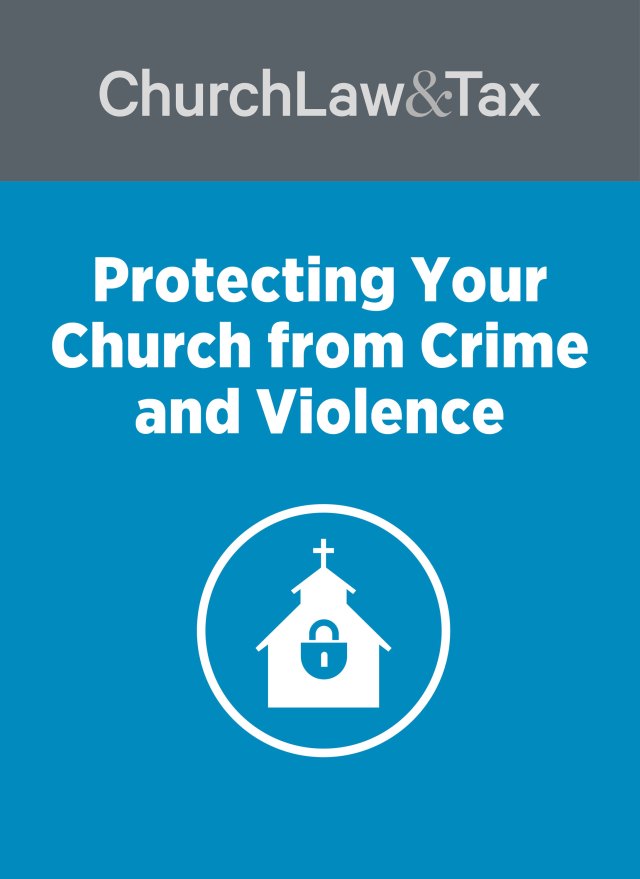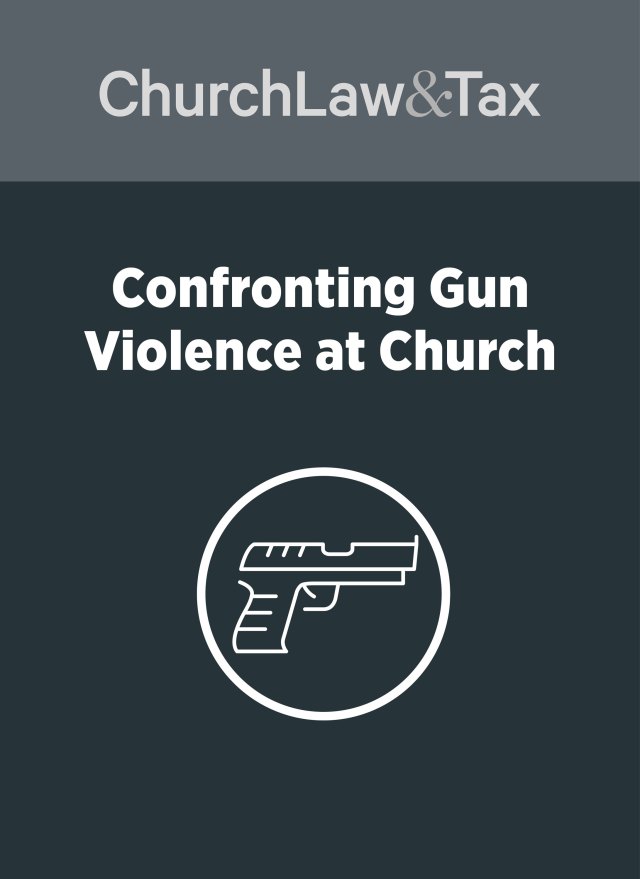In a case of direct relevance to the legal duty of churches to employ security guards, the Virginia Supreme Court ruled that the Commonwealth of Virginia was not legally responsible for the murder of 32 students by an armed assailant on campus property because the massacre was not reasonably foreseeable.
At approximately 7:30 a.m. on April 16, 2007, the Virginia Tech University Police Department received a call that an "incident" had occurred in a dormitory. The specifics of what happened were unknown. When officers arrived, they found two gunshot victims, a male and a female. Although officers from the university police department were the first on the scene, the municipal police department led the investigation.
During the investigation, police came to believe that they were investigating an isolated incident that posed no danger to others and that the shooter had fled the area. They did not believe that a campus lockdown was necessary.
At the crime scene, police learned that the female victim's boyfriend was a gun enthusiast and identified him as a person of interest. The police located the boyfriend at 9:45 a.m. As police spoke with him they received word that there were "active shots" in a Virginia Tech building.
The president of Virginia Tech learned of "a shooting" at approximately 8 a.m. and called a meeting of a group of administrators tasked with campus safety, named the University Policy Group, to assess the situation and handle the release of information. Shortly after 8 a.m., the president spoke with the chief of the Virginia Tech Police Department, and learned that a female and a male student had been shot, at least one of whom was dead, that the shootings were likely domestic in nature, and that the shooter apparently had left the campus.
The Policy Group convened around 8:30 a.m. During this meeting, the president learned that the police were on the lookout for the female victim's boyfriend as a person of interest. One of the group's members notified the governor's office at approximately 8:45 a.m. of what had happened but indicated that the information was not releasable because Virginia Tech was working on a press release. The e-mail to the governor's office stated "Not releasable yet. One student dead, one wounded. Gunman on loose. State police are involved. No details available yet."
Virginia Tech wanted to notify the next of kin before releasing the information to the public. The president instructed a Policy Group member to compose a campus notice, and following revisions and technical problems with the computer system, it was sent out by campus-wide "blast e-mail" at 9:26 a.m. The notice stated that "a shooting incident occurred … earlier this morning. Police are on the scene and investigating" and advised students to be alert for anything suspicious.
At approximately 9:45 a.m. the mass shooting in another campus building began. At 9:50 a.m. a second campus-wide "blast e-mail" was sent stating that "a gunman is loose on campus. Stay in buildings until further notice. Stay away from all windows." Police later identified Seung-Hui Cho as the shooter. It was later determined that he shot and killed 32 persons, and wounded 17 others, before committing suicide.
The families of two of the victims sued the Commonwealth of Virginia, the president of Virginia Tech, and several other persons (the "defendants") for wrongful death. The plaintiffs claimed that the defendants had a duty to warn students of criminal acts and that their failure to do so in a timely manner was the cause of most of the deaths and injuries.
The defendants argued that they had no duty to warn students since the massacre was not reasonably foreseeable. A jury returned a verdict in favor of the plaintiffs and awarded $4 million to each family. On appeal, the Virginia Supreme Court reversed the trial court's ruling and dismissed all claims against the defendants, concluding that "the facts in this case do not give rise to a duty to warn students of the potential for third party criminal acts."
The Virginia Supreme Court's Ruling
The court began its decision by noting that "as a general rule, a person does not have a duty to warn or protect another from the criminal acts of a third person," and that "this is particularly so when the third person commits acts of assaultive criminal behavior because such acts cannot reasonably be foreseen." The court concluded:
Here … there simply are not sufficient facts from which this court could conclude that the duty to protect students against third party criminal acts arose as a matter of law. In this case, the defendants knew that there had been a shooting in a dormitory in which one student was critically wounded and one was murdered. They also knew that the shooter had not been apprehended. At that time, the defendants did not know who the shooter was, as law enforcement was in the early stages of its investigation of the crime. However, based on representations from three different police departments, Virginia Tech officials believed that the shooting was a domestic incident and that the shooter may have been the boyfriend of one of the victims. Most importantly, based on the information available at that time, the defendants believed that the shooter had fled the area and posed no danger to others … . Based on the limited information available to the defendants prior to the shootings … it cannot be said that it was known or reasonably foreseeable that students would fall victim to criminal harm. Thus, as a matter of law, the defendants did not have a duty to protect students against third party criminal acts.
What This Means For Churches:
This case is important for the following reasons.
1. Impact on other courts
While only binding on state courts in the Commonwealth of Virginia, this case will be "persuasive" authority in other jurisdictions because it represents one of the few cases to address the liability of schools for deaths and injuries caused by armed shooters on their premises.
2. Liability based on foreseeability
The court applied the general rule that landowners generally are not liable for the acts of armed shooters on their premises unless such acts are reasonably foreseeable. The Restatement (Second) of Torts, a respected legal treatise, states the general rule as follows:
[A property owner] is not liable where he neither knows nor should know of the unreasonable risk… . He is not required to take precautions against a sudden attack from a third person which he has no reason to anticipate. Section 314A, comment e.
Similarly, Restatement (Second) of Torts § 344 (comment f), provides:
Since the possessor is not an insurer of the visitor's safety, he is ordinarily under no duty to exercise any care until he knows or has reason to know that the acts of the third person are occurring, or are about to occur. He may, however, know or have reason to know, from past experience, that there is a likelihood of conduct on the part of third persons in general which is likely to endanger the safety of the visitor, even though he has no reason to expect it on the part of any particular individual.
In summary, according to the Virginia Supreme Court and the Restatement (Second) of Torts, the foreseeability of an unreasonable risk of criminal conduct is a precondition to imposing a duty on a property owner to protect others from that risk. It is important to note that
criminal conduct of a specific nature at a particular location is never foreseeable merely because crime is increasingly random and violent and may possibly occur almost anywhere, especially in a large city. If a [property owner] had a duty to protect people on his property from criminal conduct whenever crime might occur, the duty would be universal. This is not the law. A duty exists only when the risk of criminal conduct is so great that it is both unreasonable and foreseeable. Whether such risk was foreseeable must not be determined in hindsight but rather in light of what the premises owner knew or should have known before the criminal act occurred. Lefmark Management Company v. Old, 946 S.W.2d 52 (Tex. 1997).
Notable Quote
"[W]hat protective measures should be pursued to protect against a mass murderous assault truly defy exact delineation, because how can one know which measures will be effective against a degenerate, a psychopath or a psychotic?"
Lopez v. McDonald's Corporation, 238 Cal.Rptr. 436 (Cal. App. 1987)

